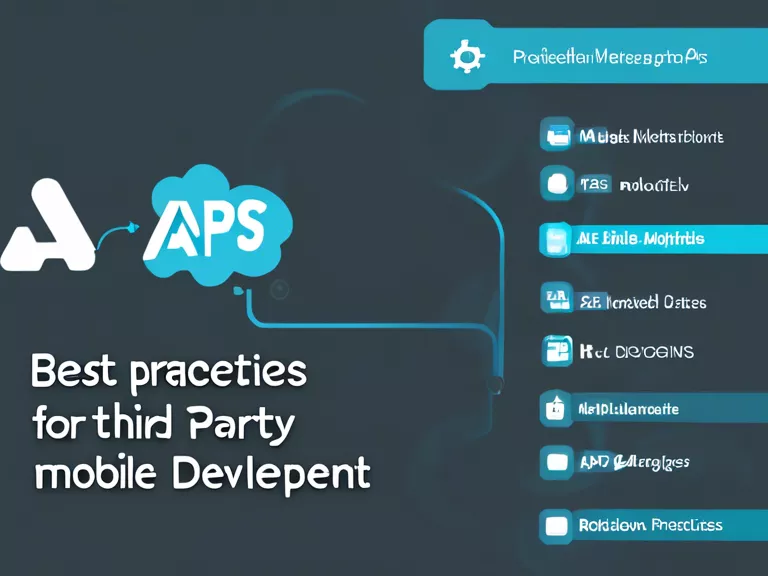
Best practices for integrating third-party APIs into mobile app development
When building a mobile app, developers often rely on third-party APIs to add functionality or services that they do not want to develop from scratch. Integrating third-party APIs can save time and resources, but it also comes with its own set of challenges.
To ensure a smooth integration of third-party APIs into your mobile app, here are some best practices to follow:
Thoroughly research the API: Before integrating any third-party API into your app, make sure to thoroughly research and understand its documentation. This will help you understand the API's capabilities, limitations, and how to best utilize its functionalities in your app.
Use standardized authentication: When integrating a third-party API, always use standardized authentication methods such as OAuth. This will help ensure the security of your users' data and prevent unauthorized access to the API.
Handle errors gracefully: APIs can sometimes fail or return errors, so it is important to handle these errors gracefully in your app. Provide clear error messages to the user and implement retry mechanisms where necessary to improve the user experience.
Optimize API calls: To improve the performance of your app, optimize the way you make API calls. This can include limiting unnecessary calls, caching data locally, and using background tasks to fetch data asynchronously.
Stay updated: APIs can change over time, so it is important to stay updated with any changes or updates to the API you are using. This will help you avoid any compatibility issues and ensure that your app continues to function properly.
By following these best practices, you can successfully integrate third-party APIs into your mobile app and provide a seamless user experience.



